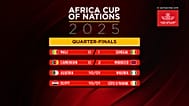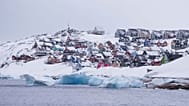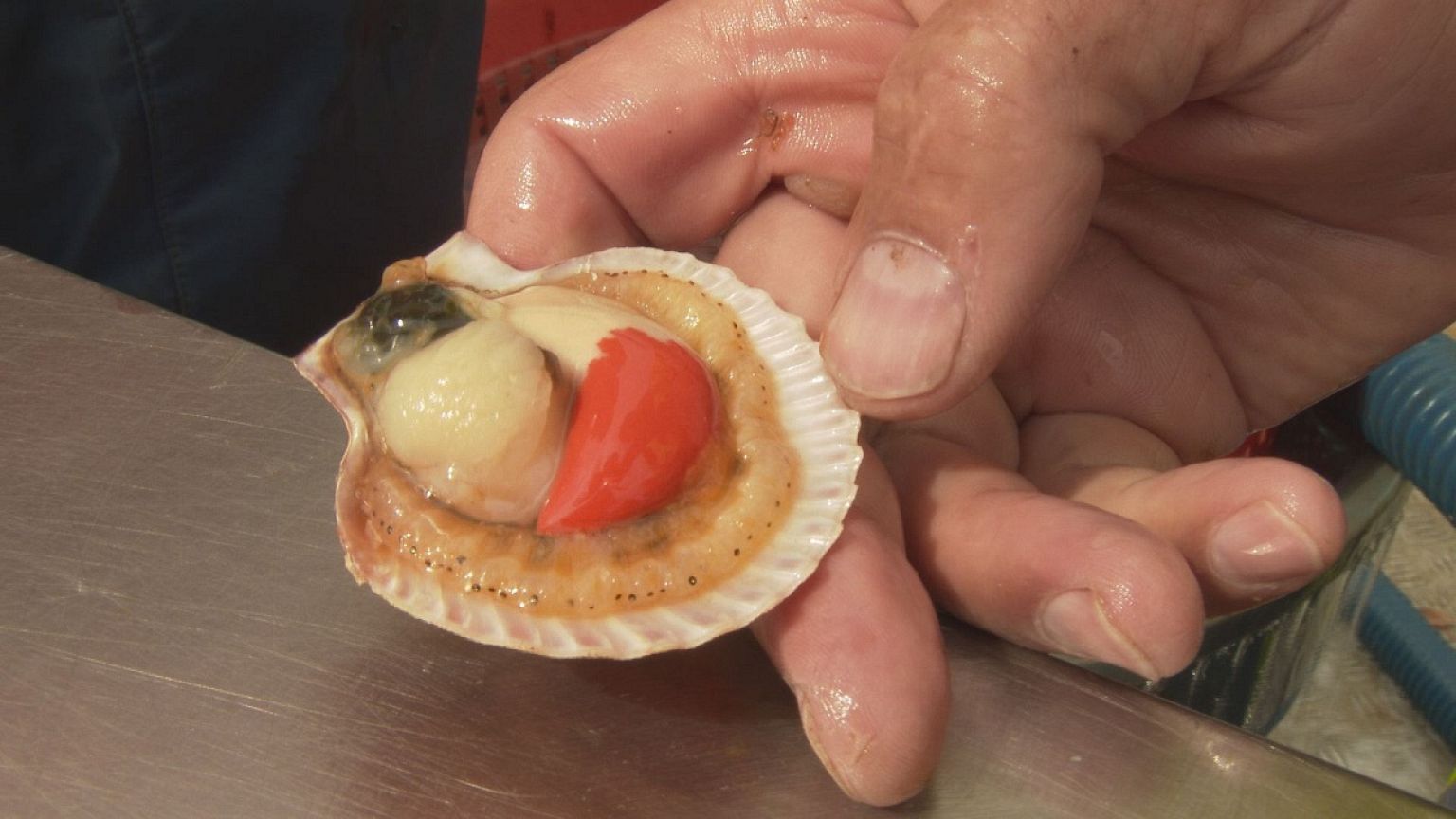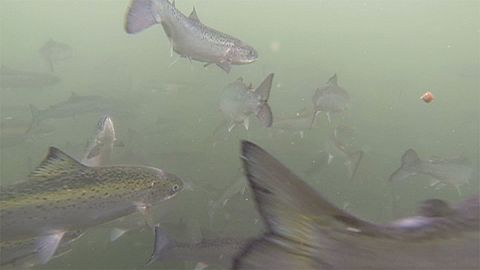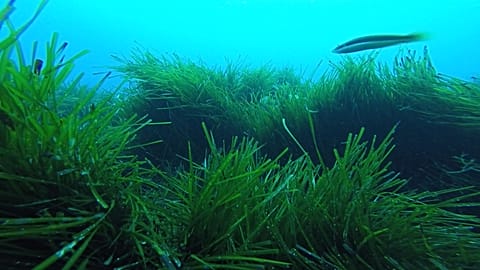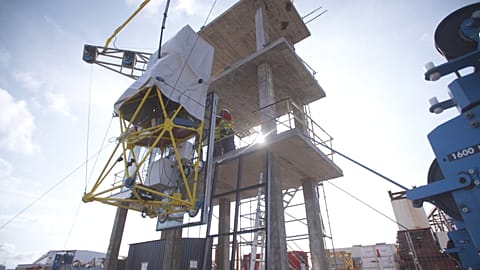In this edition of Futuris, Julián López Gómez sails to a fish farm in the west of Scotland, where around 1,000 tons of salmon are bred every year.
In this edition of Futuris, Julián López Gómez sails to a fish farm in the west of Scotland, where around 1,000 tons of salmon are bred every year.
Marine biologists think today’s European aquaculture can become more imaginative, more profitable, more efficient and more sustainable.
Here is how and why…
Harvesting seafood
Together with salmon, workers here plan to harvest around 150,000 scallops and 60 tons of mussels in 2016.
It’s the result of an ongoing pilot test on a technique called Integrated Multi-trophic Aquaculture, or IMTA.
Just downstream from the salmon cages, underwater lines of other aquaculture species are bred thanks, in part, to the nutrients left over by the salmon.
Experts say it’s a win-win situation.
David Attwood is a Marine Biologist and the Aquaculture Director at the Scottish Salmon Company. He outlined what the project hopes to achieve.
“For the salmon we are hoping that we can reduce the amount of phytoplankton. Potentially we can also knock down sea lice. But we are also hoping that this technique can help us reduce carbon footprint and also to be able to have a cash crop of another species, or species, that we can also sell as food.”
Other pilot sites
Scientists from a European research project are studying six further pilot sites across the continent, to identify the ideal conditions for the growth of alternative seafoods and the challenges posed, when next to traditional fish farms.
The stakes are high, researchers, such as Marine Biologist Adam Hughes say.
“There is a lack of knowledge in a lot of countries about which species to farm. This is really important in the Mediterranean, where the conditions are very different to what you see here. In the Mediterranean Sea there are very low nutrients, and a very different species mix. And then there are the economic issues. You’ve got to do this (alternative farming) in a way that turns a profit for the farmer. So the species that you grow, you have to have a market for them”.
The seaweed market is steadily growing, with multiple food and pharmaceutical applications.
“The seaweed that we grow here, one of the reasons why it grows well is because we are adjacent to the salmon cages,” Marine Biologist Lars Brunner explained.
Samples of seaweed – or other alternative species – are taken to labs to determine the ideal conditions for growth next to traditional fish farms.
“We are looking at length. We are looking at weight. We are looking at the distribution of that across (underwater) lines to see if there is more growth closer to the salmon farms, or less growth farthest away from the salmon cages. Our other partners in the projects they are also interested in the composition of the seaweed. So what the seaweed’s absorbing and taking off while they are growing on the site. For instance, their nutrient levels, whether for instance they are picking up things like heavy metals at all. And we also analyse the natural chemical components; whether the components are being affected by being close or adjacent to salmon farms,” Brunner added.
Researchers want to accurately determine the new technique’s best practices, environmental record and real impact on animals’ health.
‘A market full of promise’
Only then it will be time to look ahead in a market full of promise, they say.
“There is a real need for the European aquaculture industry to grow, because it is stagnating, whereas our demand for seafood is increasing, and the global market (for seafood) is increasing. So this IMTA can be one of the tools that allows that expansion, by diversifying the industry away from just fin fish, by creating more jobs and be creating new opportunities and new products,” said Hughes.
Fish farming supplies approximately 50 percent of the fish and seafood consumed worldwide.
This new aquaculture approach is currently only being used in some Asian countries and Canada.

